Latin America
Related: About this forumHow Black people saved Rio de Janeiro's Tijuca forest
OPINION: Tijuca National Park is the largest urban rainforest in the world and the heart of Rio. Now, the little-known story of how six enslaved Black Brazilians helped save the land from complete deforestation in the 1860s is finally coming to light.
Kiratiana Freelon
|
Jun 20, 2023
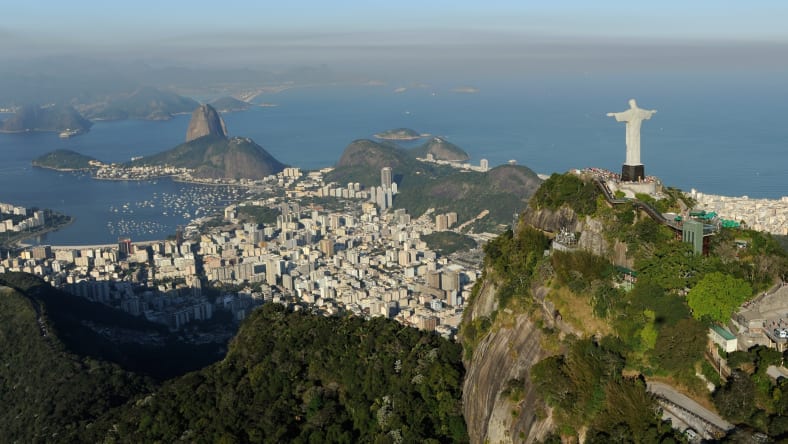
An arial view of the 'Christ the Redeemer' statue on top of Corcovado Mountain, situated in the Tijuca forest, on July 27, 2011 in Rio de Janeiro, Brazil. (Photo by Michael Regan/Getty Images)
Editor’s note: The following article is an op-ed, and the views expressed are the author’s own. Read more opinions on theGrio.
Aldison Almeida’s ancestry is strongly connected to the preservation of land.
Almeida is a leader of a Black community in Rio de Janeiro that borders a protected forest and state park. His work to protect his Camorim Quilombo community involves preserving and promoting Black Brazilian culture and periodically replanting the forest that has sustained and protected the community for hundreds of years.
He does this work in honor of his ancestors.
Twenty years ago, his father recounted a true story about Rio de Janeiro’s Tijuca National Park that few people know. In the 1860s, six enslaved Black Brazilians — Eleuterio, Constantino, Manuel, Mateus, Leopoldo, and Maria — saved the Tijuca forest from complete deforestation. Over 13 years, they planted more than 100,000 seedlings, preserving the forest.
When Almeida heard this story, he immediately felt an ancestral connection to these unheralded Black Brazilians.
“Everyone should know their names,” said Almeida. “But there is little written about them. There’s not even a placard with their names in the forest.”
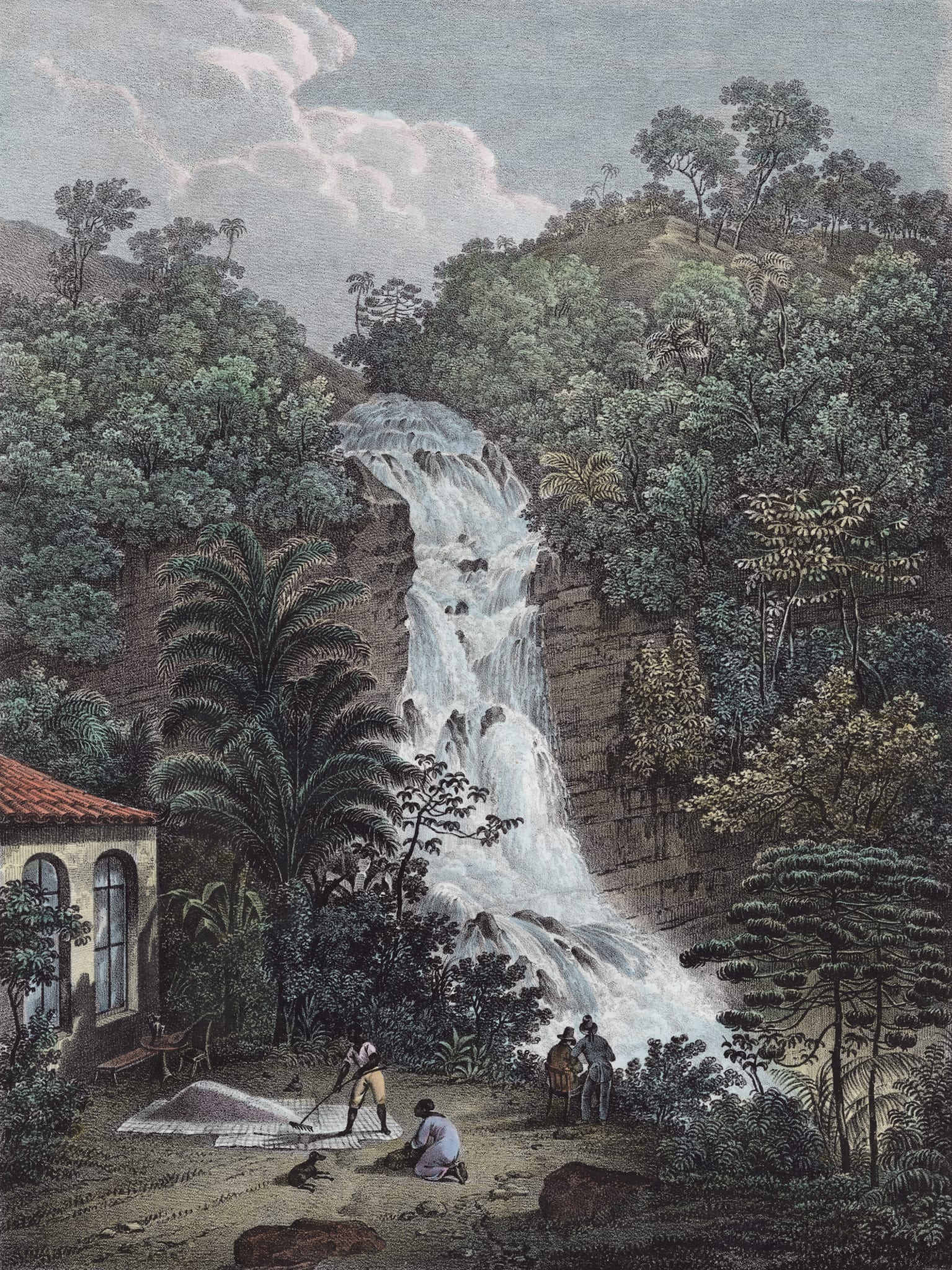
Tijuca forest, Rio de Janeiro Tijuca National Park, theGrio.com
A colored lithograph by Karl Joseph Brodtmann of the Tijuca forest waterfall in the Tijuca National Park, Rio de Janeiro, circa 1830s. Tourists are sketching the view while locals work nearby. (Photo by Hulton Archive/Getty Images)
Rio’s lush mountains would be barren without their work, and hundreds of thousands of people would have gone without drinking water in the late 19th century. The city now houses the largest urban forest in the world, creating a spectacular landscape. More than 246 kilometers of beaches wrap along an edge that spills into the Atlantic Ocean. The Sugarloaf Mountain juts out of the earth at one corner, creating one of its most recognizable landmarks. And in the middle of the city, the Christ the Redeemer statue of Jesus rises out of a 39.58 square kilometers tropical forest — the Tijuca forest. Within 20 minutes, one can go from a densely populated beach neighborhood to a thick, lush forest with multiple waterfalls.
Rio de Janeiro wouldn’t be Rio without Eleuterio, Constantino, Manuel, Mateus, Leopoldo and Maria.
More:
https://thegrio.com/2023/06/20/how-black-people-saved-rio-de-janeiros-tijuca-forest/
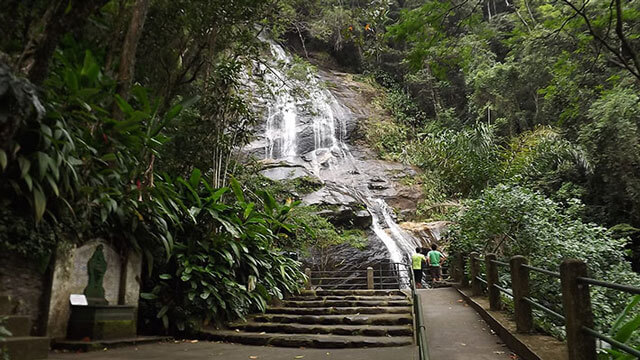
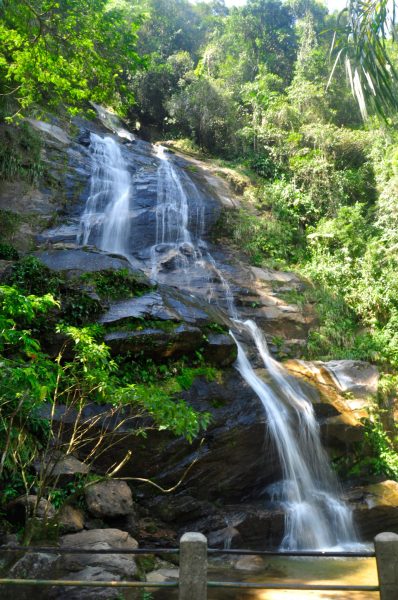


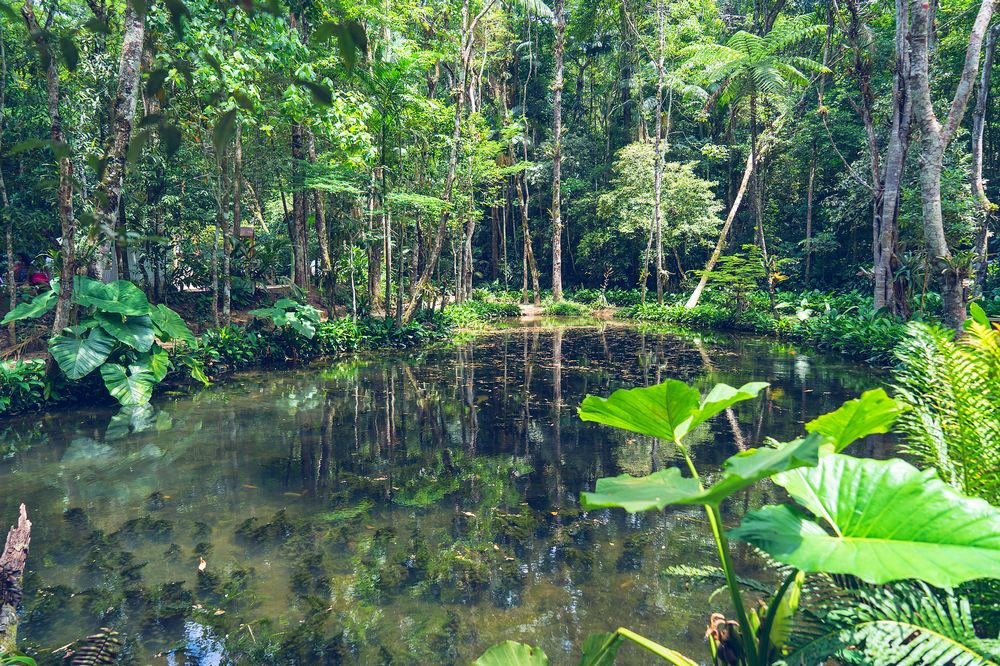
Many beautiful images of Tijuca Forest at google images, click this link:
https://tinyurl.com/4h7b3sbs